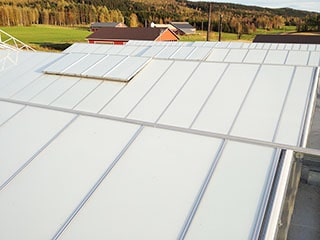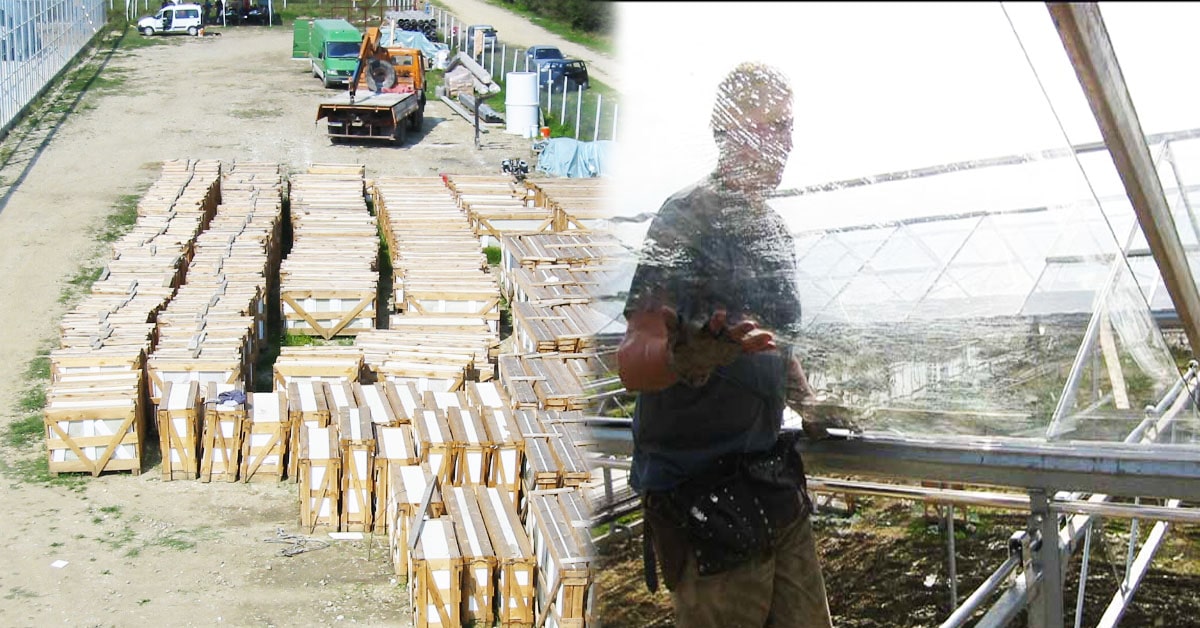Greenhouse glass needs to be clear, as transparent as possible.
In the old days, there were glass factories which were producing a “pulled” glass. The type of production of this glass was by pulling the glass vertically into thin sheets. This method does not produce so flat glass but the transparency of the glass is maximum and can be 92% and more.
The other type of glass which is now mainly produced is “a flot” glass. This glass is produced in a horizontal position, it is much flatter then pulled glass, but because of the layer of metallic ions left on the surface of glass from the production process, the transparency is little less. It usually goes up to 89 %.

Greenhouses made in Holland most of the time use a 4mm (0.157 inches) glass thickness. It can be tempered (safety) glass or normal. Safety glass is used for the roof glass, and normal glass for the greenhouse walls.
But there are cases where greenhouse owners install safety glass in all areas, and also where the normal glass is installed in all areas. So before choosing one or the other check with the local regulations, and also your personal preference.
In the working / packing areas often a milky white or other color glass is installed. In these areas there are no plants so maximum light level is not important, and this glass helps with sun radiation effects for the workers and equipment.
Another type of glass, very popular these days is a diffused glass. It is used mainly for the growing area roof. Its main characteristic is that it produced a diffused light which is very helpful for the growth of the plants. It costs more, but produces more kilos of tomatoes, and lasts forever. So it’s a one time investment.



0 Comments